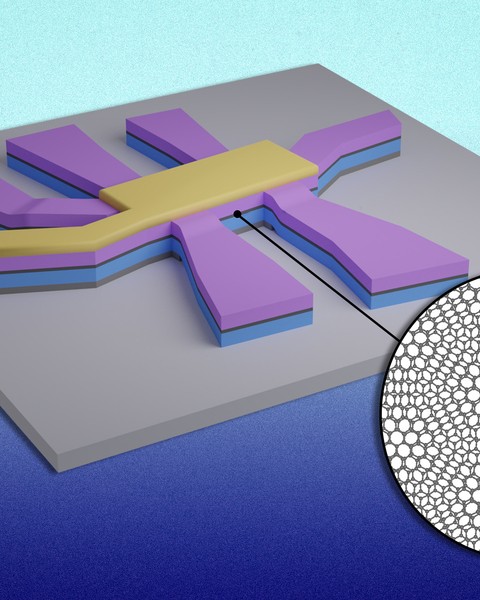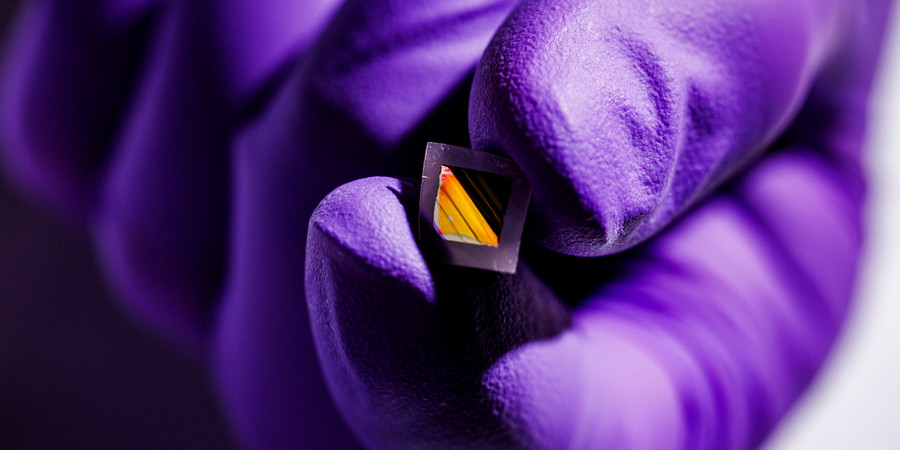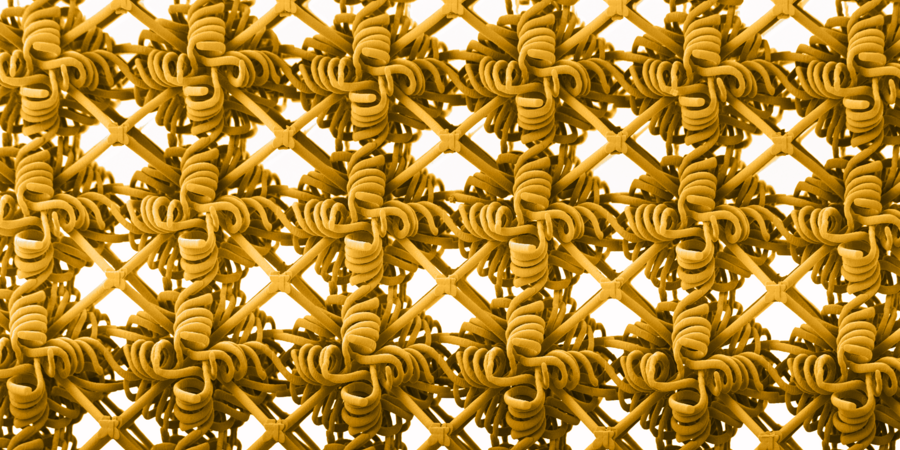Jennifer Chu | MIT News Office
January 30, 2023
With some careful twisting and stacking, MIT physicists have revealed a new and exotic property in “magic-angle” graphene: superconductivity that can be turned on and off with an electric pulse, much like a light switch.
The discovery could lead to ultrafast, energy-efficient superconducting transistors for neuromorphic devices — electronics designed to operate in a way similar to the rapid on/off firing of neurons in the human brain.
Magic-angle graphene refers to a very particular stacking of graphene — an atom-thin material made from carbon atoms that are linked in a hexagonal pattern resembling chicken wire. When one sheet of graphene is stacked atop a second sheet at a precise “magic” angle, the twisted structure creates a slightly offset “moiré” pattern, or superlattice, that is able to support a host of surprising electronic behaviors.
Complete article from MIT News.
Explore
III-Nitride Ferroelectrics for Integrated Low-Power and Extreme-Environment Memory
Monday, May 5, 2025 | 4:00 - 5:00pm ET
Hybrid
Zoom & MIT Campus
New Electronic “skin” could Enable Lightweight Night-vision Glasses
Jennifer Chu | MIT News
MIT engineers developed ultrathin electronic films that sense heat and other signals, and could reduce the bulk of conventional goggles and scopes.
MIT Engineers Print Synthetic “Metamaterials” that are Both Strong and Stretchy
Jennifer Chu | MIT News
A new method could enable stretchable ceramics, glass, and metals, for tear-proof textiles or stretchy semiconductors.




